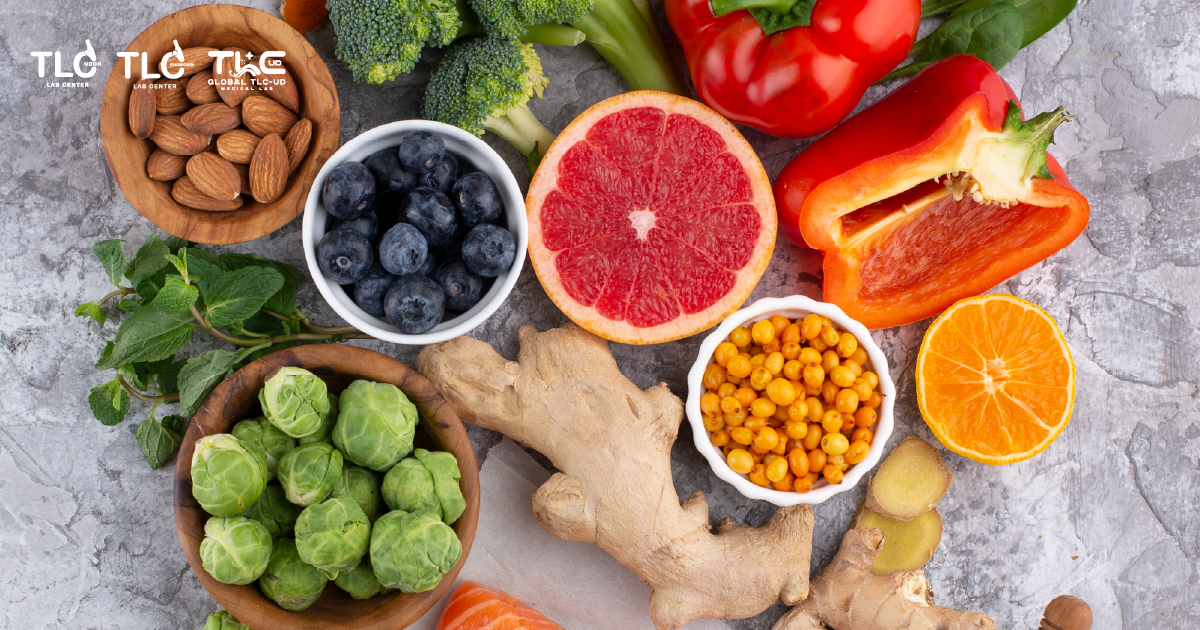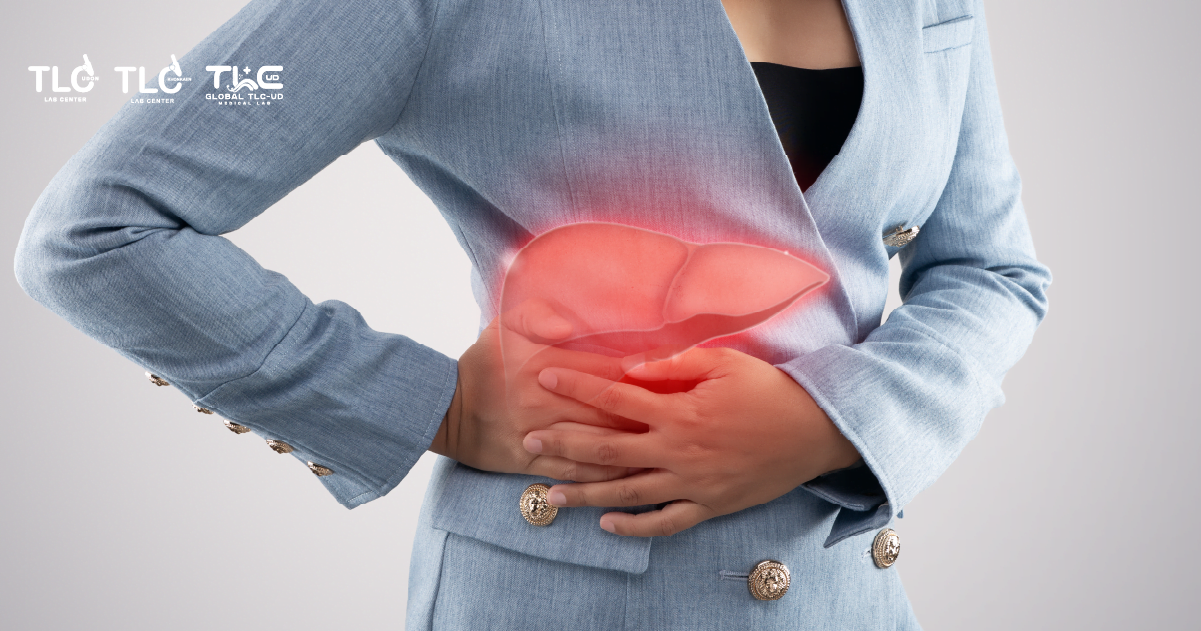Potassium is a mineral primarily found in the fluid inside cells. It works hand-in-hand with sodium to help regulate fluid balance within cells, a crucial function for normal bodily operation. Aldosterone, a hormone from the adrenal glands, controls potassium excretion. Certain medications, such as diuretics, cortisol, or aldosterone, can lead to a decrease in the body’s potassium levels. Similarly, severe diarrhea or vomiting, excessive sweating, major surgery or large wounds, stress, and excessive salt in the diet can also contribute to lower potassium levels.
What is Potassium?
Potassium is a mineral vital for muscle contraction, especially that of the heart. It helps maintain the body’s water and acid-base balance and regulates blood pressure. For individuals with chronic kidney disease, the efficiency of potassium excretion decreases, leading to its accumulation in the blood.
| Level | Value (mEq/L) | Effects / Symptoms |
|---|---|---|
| Normal | 3.5 – 5.0 | — |
| Low (Hypokalemia) | < 3.5 | Drowsiness, fatigue, nausea, loss of appetite, muscle cramps |
| High (Hyperkalemia) | > 5.0 | Fluid retention, shortness of breath, abnormal rapid heartbeat |
What are the functions of Potassium?
- Regulates blood pressure.
- Helps maintain acid-base balance by working with hemoglobin, phosphate, and carbonate in salt form, acting as a buffer for red blood cells.
- Stimulates nerve transmission for muscle contraction by working with calcium and sodium, and plays a specific role in heart muscle function. It also works with magnesium to help muscles relax.
- Potassium is crucial for maintaining healthy skin, ensuring adequate nourishment to muscles, and delivering oxygen to the brain.
- Assists the body in metabolizing fats and carbohydrates.
- Helps stimulate the kidneys to excrete waste products and toxins from the body.
- Stimulates bowel function, promoting better peristalsis.
- Works with sodium to regulate a normal heart rhythm.
Potassium Deficiency
Early symptoms of potassium deficiency include:
- Fatigue and impaired neuromuscular function, slow responses, and muscle weakness. In adolescents, acne may occur, while in the elderly, skin may become dry.
- Nervous system abnormalities, insomnia, constipation, slow and irregular heartbeats. Muscles are gradually damaged. When potassium deficiency leads to a lack of energy in the muscles, it can eventually result in paralysis.
Other causes of low blood potassium include the use of diuretics (water pills) and dehydration from conditions such as vomiting, diarrhea, or excessive sweating.
Occasional potassium deficiency might also be due to insufficient intake of potassium-rich foods.

High Potassium Levels
High blood potassium levels are considered a serious and potentially life-threatening condition.
- Symptoms include feeling weak and tired, nausea, and irregular heartbeats.
- Individuals with impaired kidney function are prone to high blood potassium because their bodies cannot excrete it effectively. High potassium levels in the body can disrupt heart muscle function, and if left untreated, it can lead to cardiac arrest.
Recommended Daily Intake
| Age Group | Recommended Range (mg/day) |
|---|---|
| Infants 3 – 5 months | 50 – 925 |
| Infants 6 – 11 months | 425 – 1,275 |
| Children 1 – 10 years | 550 – 3,000 |
| Adolescents 11 – 18 years | 1,525 – 4,275 |
| Adults | 1,825 – 5,625 |
Potassium Absorption
Approximately 90% of the potassium consumed by the body is rapidly absorbed from the upper small intestine. Most of it is then excreted through urine and sweat, with only a small amount eliminated in feces.
Potassium Levels in Various Foods
- High Potassium Foods (Dark Green Vegetables Group): Dried beans, milk and dairy products, durian, bananas, longan, various dried fruits (e.g., raisins, prunes), carrots, tomatoes, asparagus, kale, banana blossoms, coriander, potatoes.
- Medium Potassium Foods: Pineapples, guavas, apples, rambutan, oranges, grapes, lychees, cantaloupes, pomelos, unripe mangoes, eggplants, onions, water spinach, unripe papayas, winged beans (young pods), bell peppers.
- Low Potassium Foods (Pale Vegetable Group): Rose apples, green grapes, watermelon, ridge gourds, wood ear mushrooms, winter melon, wax gourds, Chinese cabbage, cabbage, cucumbers.
Laboratory Testing
Potassium levels in the body can be measured through a blood test.
References
The Nephrology Society of Thailand & National Health Security Office. How to prevent kidney failure: A guide for the public. Bangkok, Thailand.
Ratanakun, C. Nutrition in Chronic Hemodialysis, in Textbook of Hemodialysis.
Supasin, U., & Prapakorn, J. How to Eat When You Have Kidney Disease.














